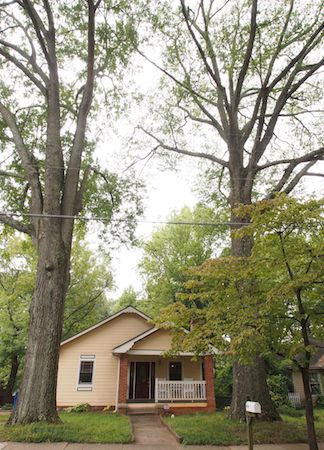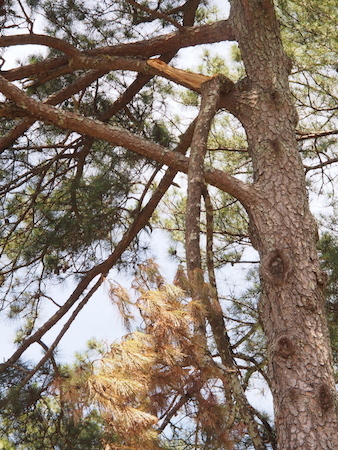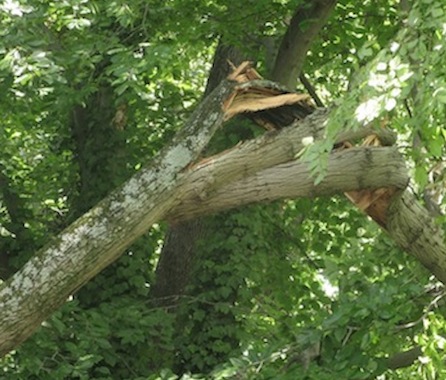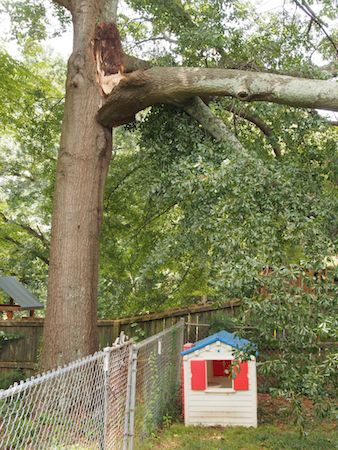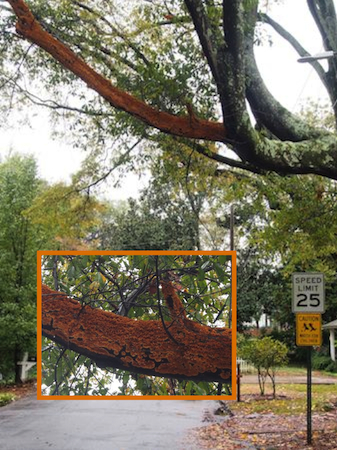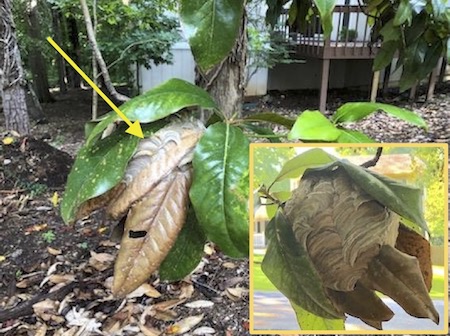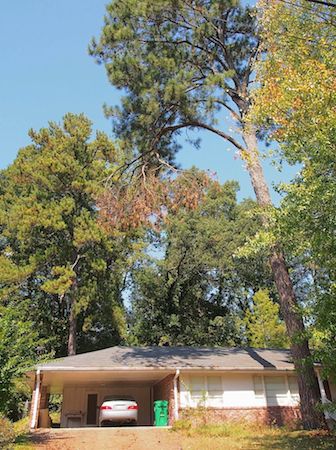Zone 4: The crown
The crown includes the leaves and all the branches that extend out from the trunk.
One of the most common and obvious dangers in a tree's crown is dead wood. Dead branches are easy to spot in a hardwood tree. If the rest of the tree still has green leaves, the dead branches are the ones with brown leaves or no leaves at all. A pine branch that has recently died will have brown needles; if it's been dead for a long time, it won't have any needles.
Branches that have been dead for a while won’t have any bark on them. These dead branches break easily. They should be removed carefully so they don't fall on someone or something. A hardwood tree that has many brown leaves on it in winter is probably dead (except for American beech trees, which hold on to their dead leaves until early spring.)
Look for broken branches, especially after a strong storm. On some trees you may not know that a branch is broken until about a month later, when the leaves turn brown.
Pockets of decay or rot sometimes exist on the upper side of a branch, where they are invisible to a ground observer. The arborist may need to climb the tree to check. This is especially true when there are large branches that extend over the house.

